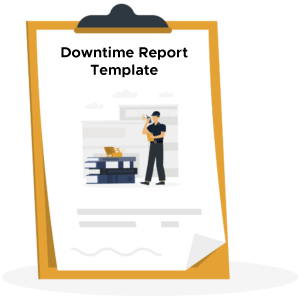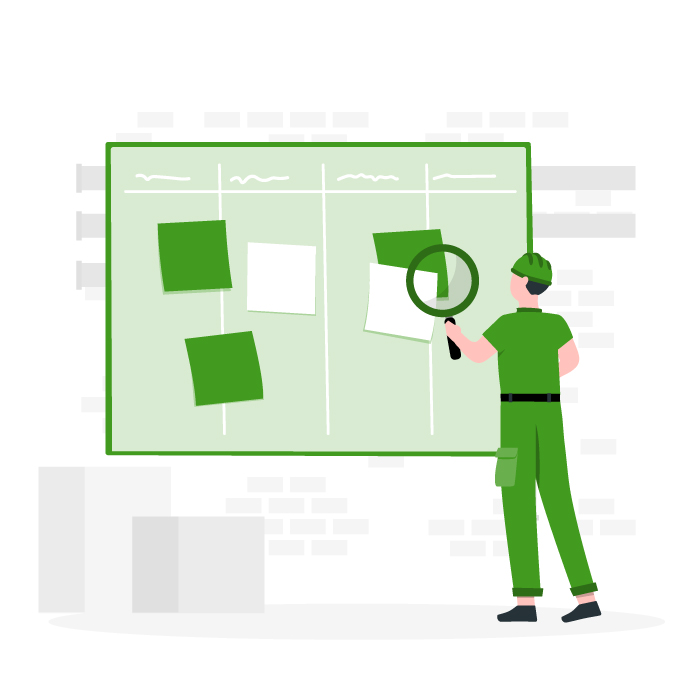Why use a downtime report template?
Tracking downtime is critical for understanding how breakdowns and other work stoppages impact your operation. The template saves you time with a pre-built format and automatic calculations of downtime totals and averages. Create additional sheets for different machines, locations, asset types, or production lines to identify opportunities for improvement and cost savings.
By reporting regularly on downtime, your organization can uncover ways to reduce it through preventive maintenance and other initiatives, saving your organization time and money.
Ditch pen & paper for CMMS software
Ditching pen and paper for a CMMS (Computerized Maintenance Management System) is a step towards modernization and efficiency. Traditional methods are time-consuming and prone to errors, while CMMS software offers:
- Streamlined processes
- Real-time updates
- Precise tracking
- Enhanced productivity
- Reduced maintenance costs
- Improved overall operational control
- Informed decisions
- Competitive edge
Create Work Orders & Track Assets for free.
A video is worth a million words
Watch how others have successfully transformed their operations with Limble's CMMS.
FAQ
Is Limble Mobile CMMS app user friendly?
Limble is consistently rated Easiest-to-Use CMMS on review sites like G2, Capterra, and Software Advice. And our customers agree. With our mobile CMMS app, teams experience 30%+ better productivity, on average, requiring little to no training or ramp-up time. Our CMMS app can travel with your team, no matter where they go! Visit our App Store or Google Play for more information.
Can I connect to other systems?
Limble provides seamless, pre-built CMMS Integrations with the most widely used software systems. That means no help from a developer or your IT team is required. Learn more about our integrations.
How secure is the Limble CMMS platform?
At Limble, our world-class data security practices ensure your account information is safe. We use state-of-the-art technologies and industry best practices to maintain a secure infrastructure, including SOC-II Type II certification, regular penetration testing, and continuous security training for our staff.



